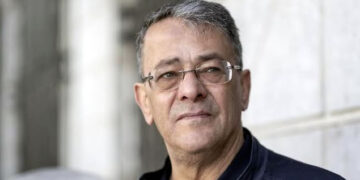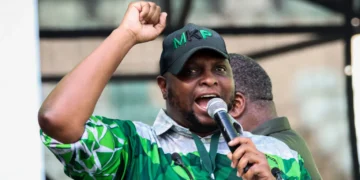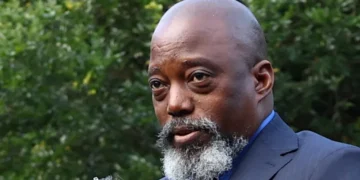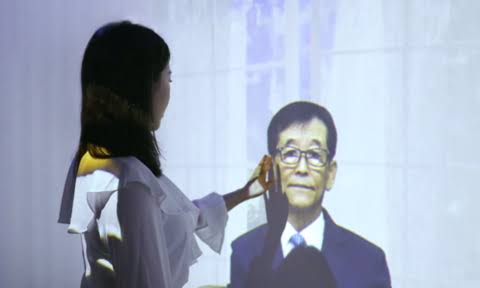By Lucy Adautin
Some people are using artificial intelligence chatbots to create avatars of departed loved ones. It’s a source of comfort for some, but it makes others a little squeamish.
Others are turning to AI technology as a way to commune with the dead, but its use as part of the mourning process has raised ethical questions while leaving some who have experimented with it unsettled.
Using a blend of tools such as the ChatGPT chatbot and the image generator Midjourney in addition to photos and voice recordings, funeral companies are starting to fashion a rendition of the deceased loved one that grieving families and friends can communicate with.
AI was introduced in 2019, two years after the debut of StoryFile, which produces interactive videos in which subjects appear to make eye contact, breathe and blink as they respond to questions. Both generate answers from responses users gave to prompts like “Tell me about your childhood” and “What’s the greatest challenge you faced?”
Their appeal comes as no surprise to Mark Sample, a professor of digital studies at Davidson College who teaches a course called Death in the Digital Age.
“Whenever there is a new form of technology, there is always this urge to use it to contact the dead,” Mr. Sample said. He noted Thomas Edison’s failed attempt to invent a “spirit phone.”
READ ALSO: Reopening Of Niger’s Border With Nigeria: X-raying The Economic Implications
StoryFile offers a “high-fidelity” version in which someone is interviewed in a studio by a historian, but there is also a version that requires only a laptop and webcam to get started. Stephen Smith, a co-founder, had his mother, Marina Smith, a Holocaust educator, try it out. Her StoryFile avatar fielded questions at her funeral in July.
According to StoryFile, about 5,000 people have made profiles. Among them was the actor Ed Asner, who was interviewed eight weeks before his death in 2021.
Dr. Stephenie Lucas Oney is 75, but she still turns to her father for advice. How did he deal with racism, she wonders. How did he succeed when the odds were stacked against him?
The answers are rooted in William Lucas’s experience as a Black man from Harlem who made his living as a police officer, F.B.I. agent and judge. But Dr. Oney doesn’t receive the guidance in person. Her father has been dead for more than a year.
Instead, she listens to the answers, delivered in her father’s voice, on her phone through HereAfter AI, an app powered by artificial intelligence that generates responses based on hours of interviews conducted with him before he died in May 2022.
His voice gives her comfort, but she said she created the profile more for her four children and eight grandchildren.
“I want the children to hear all of those things in his voice,” Dr. Oney, an endocrinologist, said from her home in Grosse Pointe, Mich., “and not from me trying to paraphrase, but to hear it from his point of view, his time and his perspective.”
Updating formats and keeping those electronic records searchable, usable, and accessible requires labor, energy, and time. This is a problem for archivists and institutions, but also for individuals who might want to preserve the digital belongings of their dead kin.
And even with all of this effort, devices, formats, and websites also die, just as we frail humans do. Despite the fantasy of an automated home that can run itself in perpetuity or a website that can survive for centuries, planned obsolescence means these systems will most certainly decay. As people tasked with maintaining the digital belongings of dead loved ones can attest, there is a stark difference between what people think they want, or what they expect others to do, and the reality of what it means to help technologies persist over time. The mortality of both people and technology means that these systems will ultimately stop working.
With generative AI, there is speculation that we might be able to create even more convincing facsimiles of humans, including dead ones. But this requires vast resources, including raw materials,pointing to the folly of maintaining chatbots of the dead in the face of catastrophic climate change. It also has astronomical financial costs: ChatGPT purportedly costs $700,000 a day to maintain, and will bankrupt OpenAI by 2024.
The revival of the dead through AI reveals the power relations, infrastructures, and networked labor behind all forms of digital production. We can create lifelike replicas of the dead, but these replicas rely on the work of the living to persist: As is the case with digital legacies in general, someone has to pay for domain names, delete spam messages, answer emails to dead accounts, update file formats, or move files from one hard drive to another as websites and companies disappear. For those who are left behind to care indefinitely for these creations, the psychological costs may be too much to bear.



































